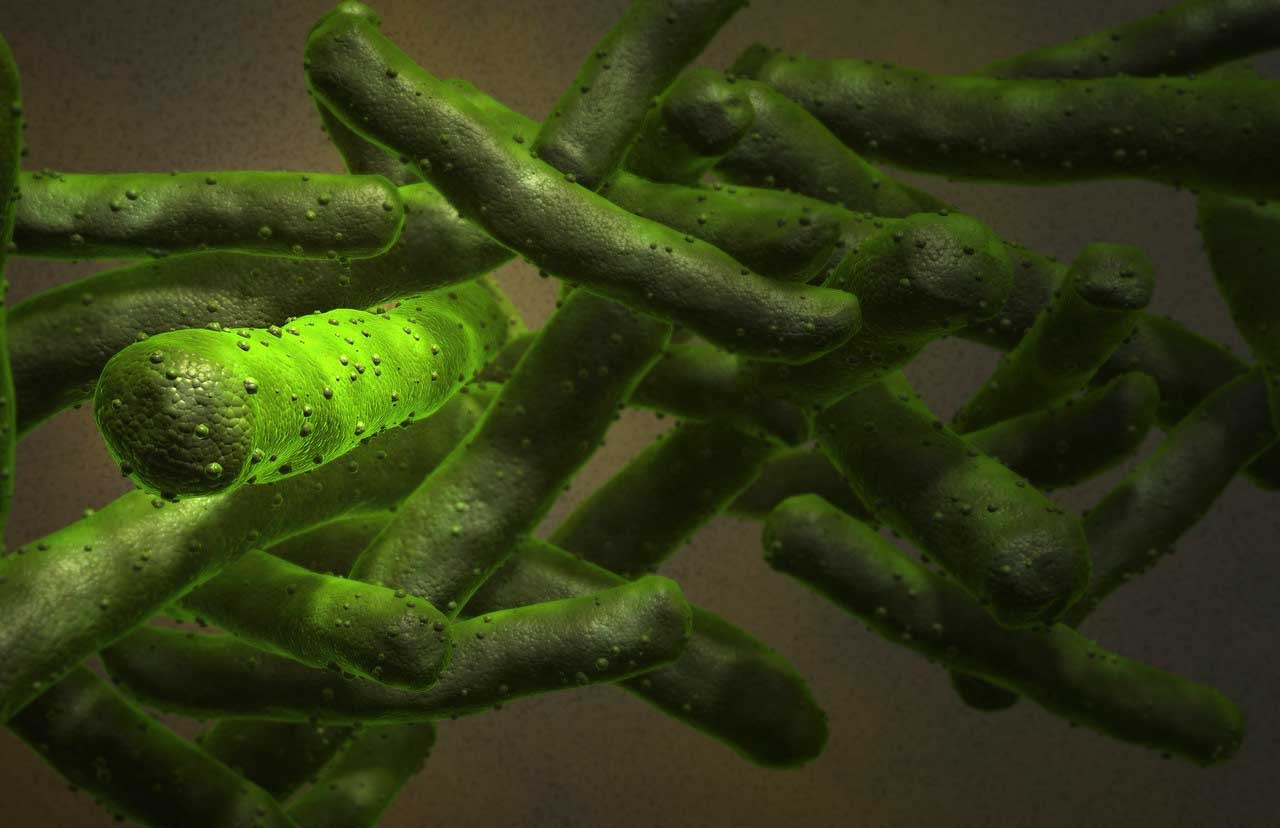Are Tuberculosis Cases Increasing?

Antibiotic-resistant bacteria may be reviving a disease that was once the leading cause of death in the United States. Here's what you should know about TB.
Tuberculosis (TB) is an airborne infectious disease that can attack any part of your body and requires long and complex care with several antibiotics.
Many antibiotics have become less effective — in part because of overuse. Disruptions in care around the world may also lead to a continuing spike in cases.
YOU MIGHT ALSO LIKE: How to Prevent Antibiotic Resistance
Although Americans tend to think of it as a disease of the past, TB sickens about 10 million people globally, killing about 1.6 million.
In the early 1900s, when TB was the leading cause of death among Americans, activists launched an all-out public health campaign. New antibiotics and vaccines made the number of active U.S. TB cases dwindle.
Today, millions of Americans — about one in 24 — harbor an infection, and up to 10 percent of that group eventually may develop symptoms.
In 2022, the nation saw a spike in cases, most likely because of lapses in detection and treatment during the COVID-19 pandemic and shutdowns. That year, there were 8,300 cases reported in the United States.
U.S. cases are often among people who emigrated from TB hotspots like Mexico and China. Prisoners, the homeless, people who use illegal injected-drugs, and those with weakened immune systems (often from cancer, HIV, and diabetes) are all at more risk. So are people who come into contact with people from those groups.
If you’re a healthcare worker, your risk is always higher.
TB is known to flare up whenever public health efforts are scaled back. That happened in the late 1980s and early 1990s. Combatting the condition in New York alone cost $1 billion. COVID-19 efforts have diverted attention and funding for protection against both malaria and TB.
The good news is that science has advanced rapidly. How the disease spreads is better understood. TB is infectious when carriers not only cough but also exhale, allowing tiny droplets containing Mycobacterium tuberculosis to enter the air.
New vaccines are in development. A new drug regimen for the deadliest variants is available. Faster, cheaper testing may be within reach. But the science must be applied for the developments to work.
“Drug-resistant tuberculosis isn’t a problem only in the developing world; we must turn our attention to the fight against it here at home,” Polly J. Price, a law professor at Emory University in Atlanta, wrote The New York Times.
”So far, we have been lucky,” she said. “The low numbers hide the precarious nature of the nation’s public health defense and how vulnerable we would be to an epidemic.”
Updated:
April 13, 2023
Reviewed By:
Christopher Nystuen, MD, MBA and Janet O'Dell, RN